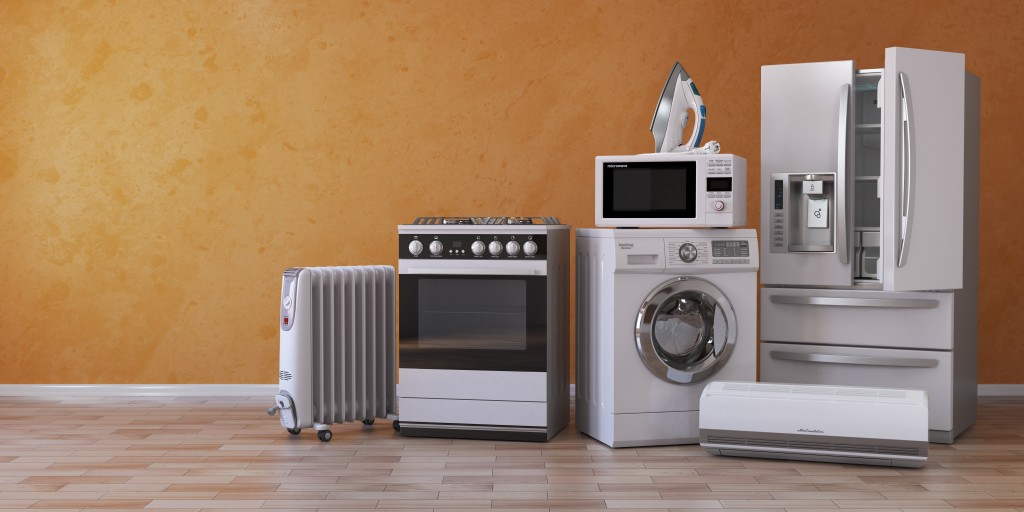Across the world, governments and businesses are becoming more concerned about climate change. In the UK, there is increasing demand for eco-friendly policies, with many businesses revamping processes to accommodate sustainability. To that end, environment related spending is expected to increase, according to a 2018 report from HSBC.
Homes (as well as the process of constructing them) play a big part in these efforts achieve sustainability goals. It’s one thing to contemplate the energy demands of one home but when taking into account millions of homes across the country, the potential negative effect on environmental outcomes is immense.
What are important things to consider when building sustainable homes?
Solar energy
Installing solar panels allow homes to harness power from sunlight, without relying on other conventional sources of energy (e.g. coal, natural gas).
What many people don’t realise, however, is that you can further maximise your home’s capacity to absorb the sun’s rays. You can do this by applying passive solar design, which emphasises proper building orientation.
For instance, when buildings in the Northern hemisphere are constructed, it is ideal for them to face south, with windows predominantly positioned on this side. This is to ensure that solar gain is maximised throughout the home.
Temperature regulation
Homes can be constructed in such a way that they help in ensuring ideal temperatures. By improving the ability of a house to manage hot and cold air you can reduce reliance on heating mechanisms that require a lot of energy. This energy demand eventually translates into costly electricity bills at the end of the month.
The key is in storing the sun’s heat and releasing it during ideal times of the day. Energy efficient designs for windows, walls, floors and roofs can help you achieve this.
Drainage and waste
Water and waste management is another priority that should factor into the construction of greener homes. There are a number of options available at your disposal, from installing proper soil waste couplings and re-using greywater to incorporating composting toilets.
In addition, general waste considerations must also apply. It’s not enough to construct an eco-friendly home. Homeowners must also adopt practices that help in the reduction of overall waste. Materials that can be recycled should be kept out of landfills.
Eco-friendly appliances

Aside from building position, appropriate insulation and drainage, there are other ways for homes to become even more energy efficient. Appliances that have an energy rating of A+++ will go a long way in helping you minimise carbon footprint. You can also go for LED lighting and other more efficient options.
Although it may not seem that a few appliances can contribute a lot, one must remember that within just one home there are several appliances utilised at any given time. When considered altogether ,these devices consume a lot of energy in the home.
No home exists by itself
As you build a greener home for yourself or for your family, keep in mind that this single structure should be viewed in relation to the other buildings in its area or surroundings. The cumulative impact of millions of homes on the environment and combatting climate change is huge. Just imagine if all these structures made use of sustainable designs.
